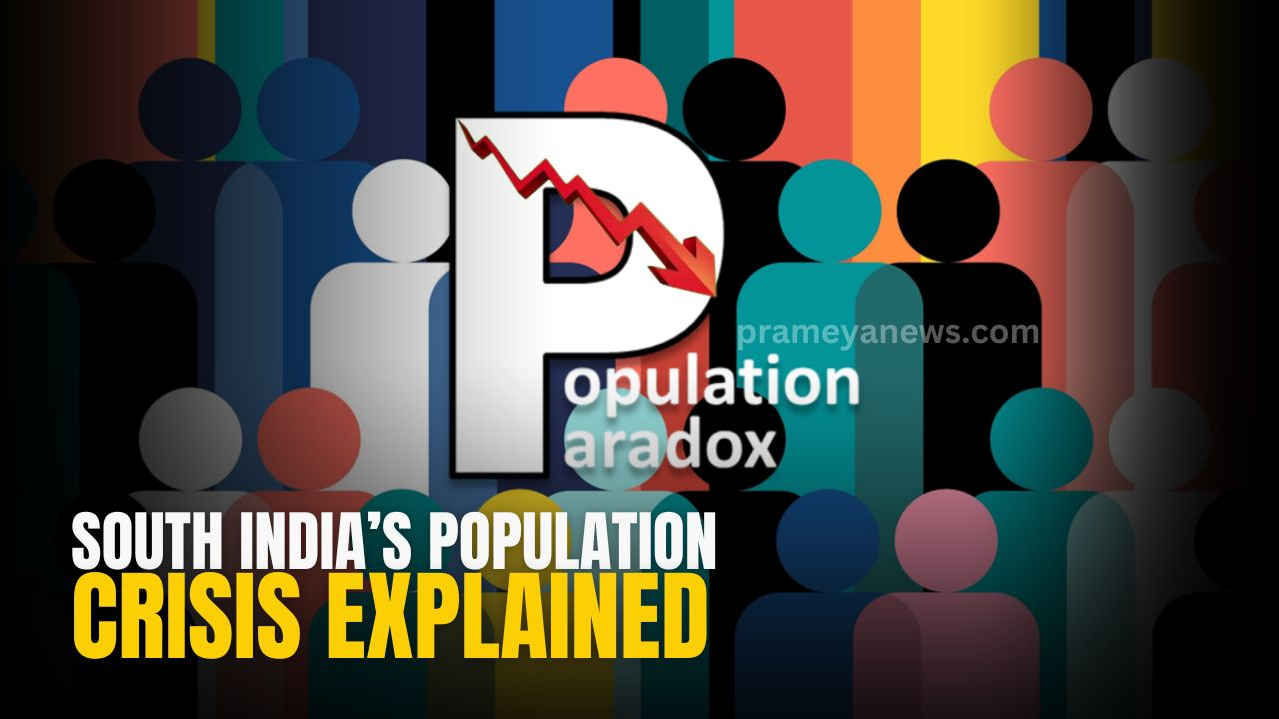

India, a nation often associated with its burgeoning population and the challenges of managing a large and diverse populace, faces a surprising demographic challenge: a shrinking population, particularly in its southern states. While the country as a whole boasts over 1.4 billion people, a closer look reveals a concerning trend of declining birth rates and a rapidly aging population in regions like Andhra Pradesh, Telangana, and Tamil Nadu.
This demographic shift has far-reaching implications, not just for these states but for the nation as a whole. It challenges long-held assumptions about India's demographic dividend, where a young and growing workforce was expected to fuel economic growth. Instead, it raises concerns about the future of its workforce, economic growth, and even political influence.
Demographic landscape
To maintain a stable population, the replacement-level fertility (RLF) or total fertility rate (TFR) needs to be at least 2.1 children per woman. India's TFR has been steadily declining over the decades, dropping from 6.1 in 1950 to a concerning 1.9 in 2021. This decline signifies that, on average, Indian women are having fewer children than needed to replace the current population. Southern states are at the forefront of this decline, with Kerala and Tamil Nadu at 1.8 and Andhra Pradesh and Karnataka at 1.7.
The economic puzzle
This shrinking population presents a complex economic puzzle. As the workforce ages and shrinks, innovation and productivity can suffer, potentially leading to slower economic growth. Japan's experience with an aging population and economic stagnation serves as a cautionary tale. A smaller workforce can also lead to labor shortages in key sectors, hindering economic development.
Furthermore, an aging population necessitates greater investment in healthcare, pensions, and elderly care, placing a strain on government resources. With fewer young people entering the workforce, the tax base shrinks, potentially limiting the government's ability to fund essential services and infrastructure projects.
Political chessboard
The declining population in southern states also has political implications. The delimitation process, which adjusts parliamentary seats based on population, could result in these states losing representation in the Lok Sabha, impacting their political influence at the national level. This could lead to a shift in political power towards the more populous northern states, potentially affecting policy decisions and resource allocation.
India is not alone in facing this demographic challenge. Countries worldwide are grappling with declining fertility rates, despite various incentives and policies aimed at encouraging larger families. Taiwan, with a fertility rate of just 0.87, and South Korea, at 0.81, have implemented extensive measures, including tax breaks, childcare subsidies, and even state-sponsored dating events, with limited success. Even Sweden, known for its generous parental support, is experiencing a decline in birth rates.
These examples highlight the complex interplay of social, economic, and cultural factors that influence fertility decisions. Simply offering financial incentives may not be enough to reverse this trend. Addressing the root causes, such as the rising cost of living, education, and healthcare, along with changing societal norms and women's empowerment, is crucial for achieving a sustainable demographic balance.
Charting a new course
The shrinking population presents a complex challenge that demands innovative solutions. India needs to adapt to this changing demographic landscape by:
The shrinking population is a complex issue with no easy solutions. It demands innovative policies, a shift in societal attitudes, and a willingness to adapt to the changing demographics to ensure a sustainable and prosperous future for India.